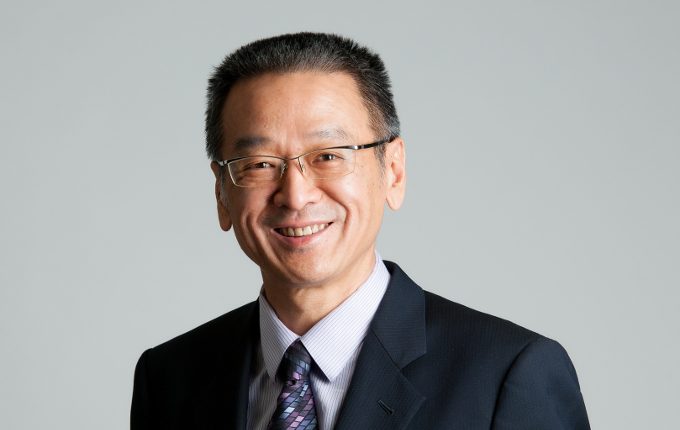As sovereign wealth funds grow, their governance structure needs to be strengthened, but any change comes with its own set of risks, Dr Sung Cheng Chih, former Chief Risk Officer of GIC, says in an interview with [i3] Insights.
Register to Access this Exclusive [i3] Insights Article
Create a free account to access exclusive interviews with asset owners, revealing insights on investment strategies, market trends, and portfolio allocations.
If you already have an account you can Login .
If you have any issues registering an account please send us an email at [email protected].


